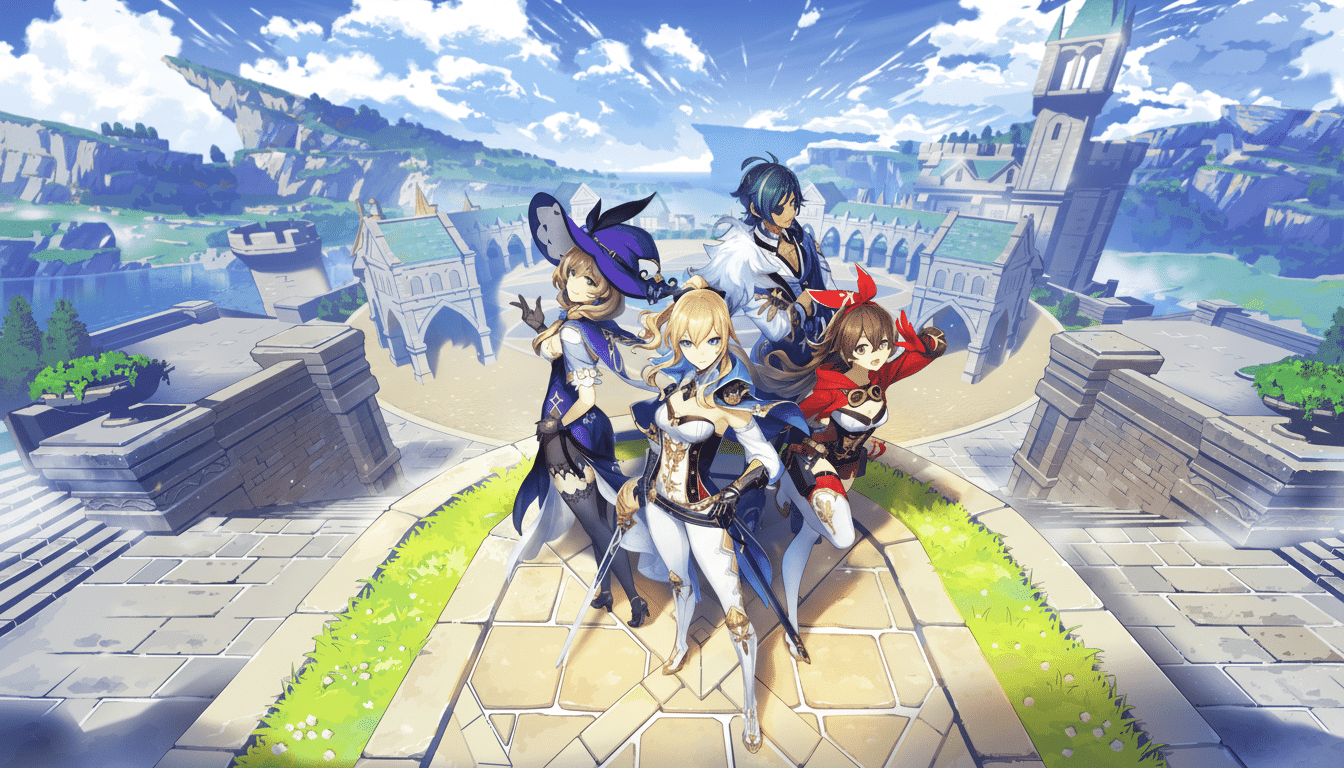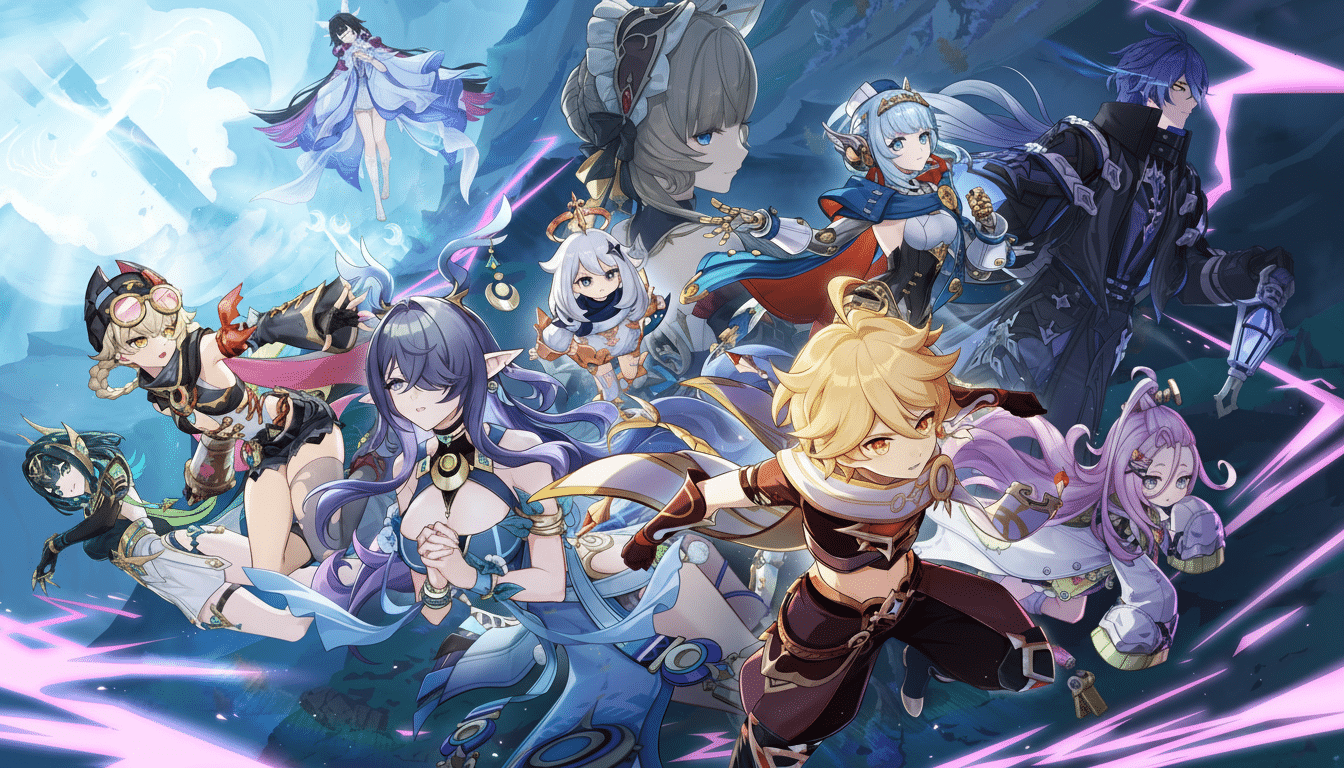Videos of the Pixel 10 Pro XL descending into madness on Genshin Impact are exploding through social media, with janky textures, nonfunctional controls, and intense screen tearing. The posts have stoked a furor over Google’s new GPU pick and brought up a more pointed question that has troubled every Android gamer: Is this a one-time hiccup or something more serious?
Reason Genshin Impact Is Failing On Some Devices
The timing is conspicuous. HoYoverse’s v5 Heroes 2.0 update that brought in the Natlan region removed official support for PowerVR graphics as well. Google’s newer Pixels transitioned from ARM Mali to the Imagination Technologies PowerVR architecture, namely the PowerVR DXT-48-1536. If a best-selling title dumps support for an entire GPU family, it would not be surprising to see bugs because of strange-looking textures.

That’s not to say every Pixel 10 is destined for an unpleasant fate. The device matrix in Android is vast, and compatibility frequently depends on drivers, game build variants, and the actual graphics path a title takes. That is to say, two phones with the same chip can often perform differently based on details of the software you never see.
The Driver Gap Behind the Pixel 10 Gaming Headlines
The PowerVR driver shipped on early retail units is tagged around v24.3. Imagination released a newer version of the install package (v25.1) with Android 16 readiness, Vulkan 1.4 support dependent upon the Khronos Group’s specifications, and various bug fixes. Until Google delivers that newer driver through a system update, Pixel 10 users are technically on an old minor version of GPU plumbing.
Google has previously linked GPU driver updates to its regular Pixel Feature Drops. And that cadence really is fine for most users — but it can place a window where fast-moving game updates run headfirst into slower-moving system graphics stacks, precisely the sort of mishmash that produces the glitches you’re seeing light up your feed.
The strategic shift to PowerVR is not fundamentally wrong; Imagination’s modern cores are competitive, and Vulkan’s cross-vendor tooling has matured somewhat. It’s the developer support where things get risky. So if major studios deprioritize PowerVR paths, Google will need to make up the difference with great drivers, conformance-testing labs, and close cooperation with game makers.
What Broader Testing Suggests About Pixel 10 Gaming
Independent hands-on tests have painted a mixed picture beyond the viral clips. Several reviewers also mention they installed and played Genshin Impact on the Pixel 10 Pro XL without issues reproducing the extreme artifacts in OP’s photo. Other high-profile titles — Honkai Star Rail, Diablo Immortal, PUBG Mobile, and Call of Duty Mobile among them — also run acceptably (as anticipated) on some units.

How can both be true? Android gaming performance is affected by variables that most people don’t mess around with. Regional asset packs can differ. You can even switch between the OpenGL ES and Vulkan graphics backends. Supporting higher frame-rate modes, such as a 120Hz refresh rate, could have a negative effect on the performance of GeForce RTX series graphics cards, especially if utilizing a high resolution. Stale game caches can also clash with new engine updates. Any of these variables can transform an isolated rendering bug into a disaster fit for sharing.
Why It Matters for Google, Game Studios, and Gamers
Genshin Impact is not just any video game — it’s a cultural and commercial behemoth. Its mobile revenue is estimated by Sensor Tower to be well into the multibillion-dollar range, and it is a steady presence among the top-grossing games on Google Play. If a flagship phone suddenly looks flaky with a game of that caliber, the perception is damaged even if it’s ultimately fixed by a driver update.
The way forward is clear, though not simple. What Google has to do: schedule rapid driver updates, run PowerVR performance through their “conformance” suites at Khronos and share the results with HoYoverse, collaborate closely with HoYoverse on a new testing suite to make sure it works. It appears it doesn’t take much effort for them, but something is obviously lacking — we want those drivers now! Longer term, the company needs to persuade big-name studios that PowerVR is worth first-class support alongside Qualcomm’s Adreno and ARM’s Mali ecosystems.
What Pixel 10 Owners Can Do Right Now to Fix Issues
If you are experiencing these issues, begin with these steps:
- Verify that your system is running the latest updates.
- Completely update Genshin Impact.
- Clean the in-game cache.
- Avoid experimental settings.
- Lower your game’s graphical settings and/or turn off high frame rate modes.
- If the game still shows artifacts, wait for the next Pixel update, which should contain newer GPU drivers.
For now, the signal amidst the noise is this: The Pixel 10 gaming tale isn’t consistently grim, but the optics are. Viral videos revealed a true compatibility edge case, and only focused driver work alongside developer collaboration will put this furor to rest.

